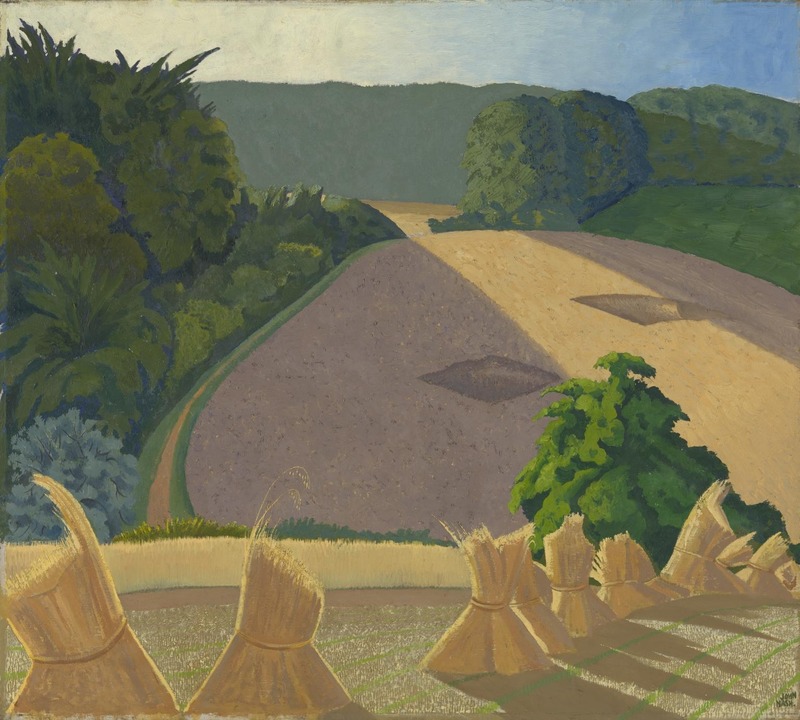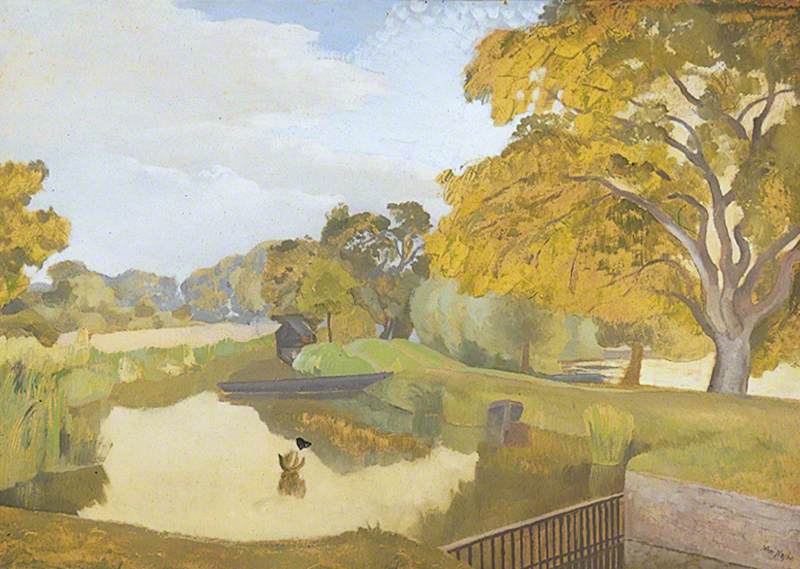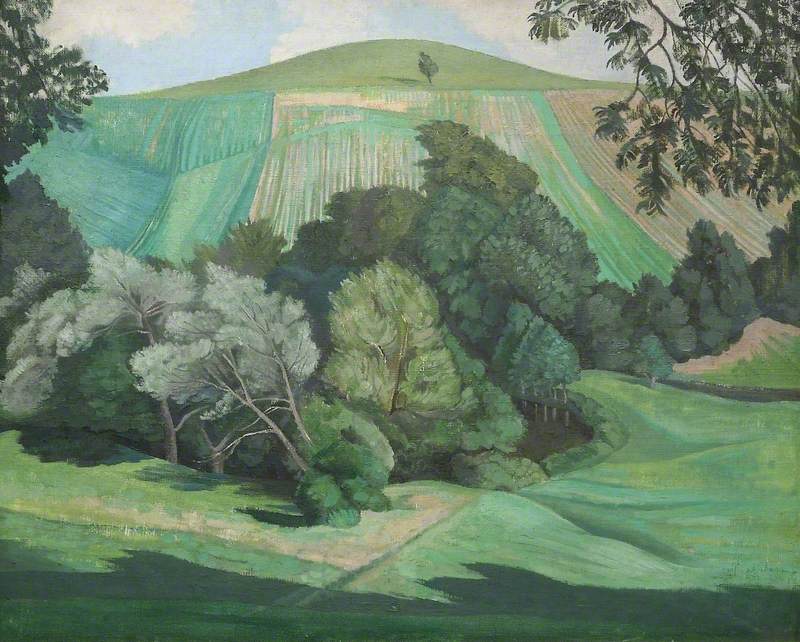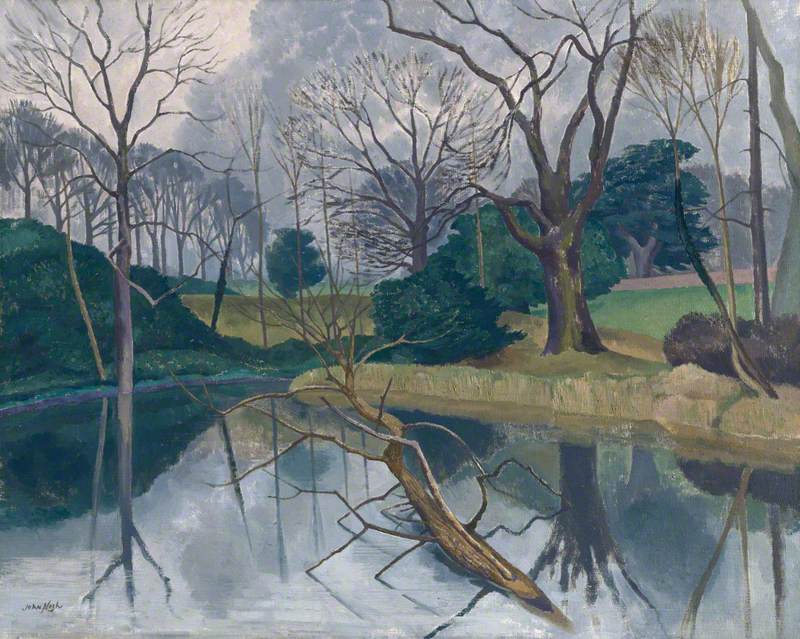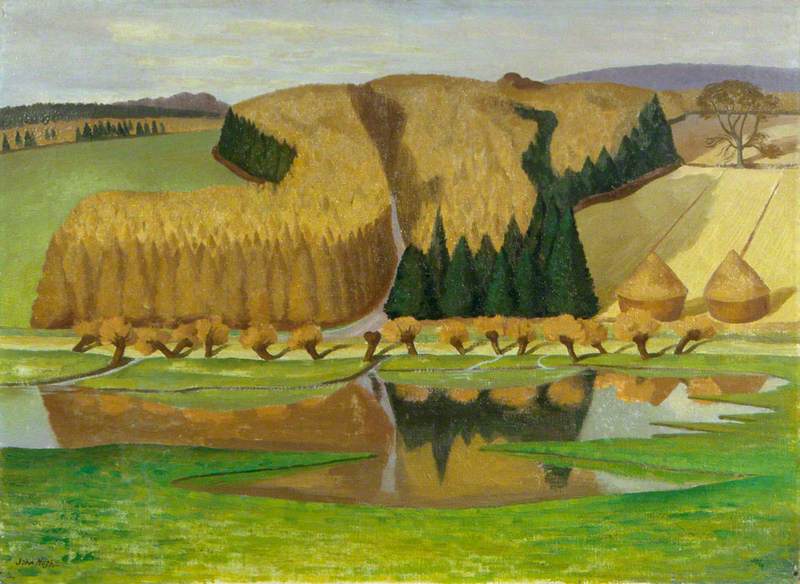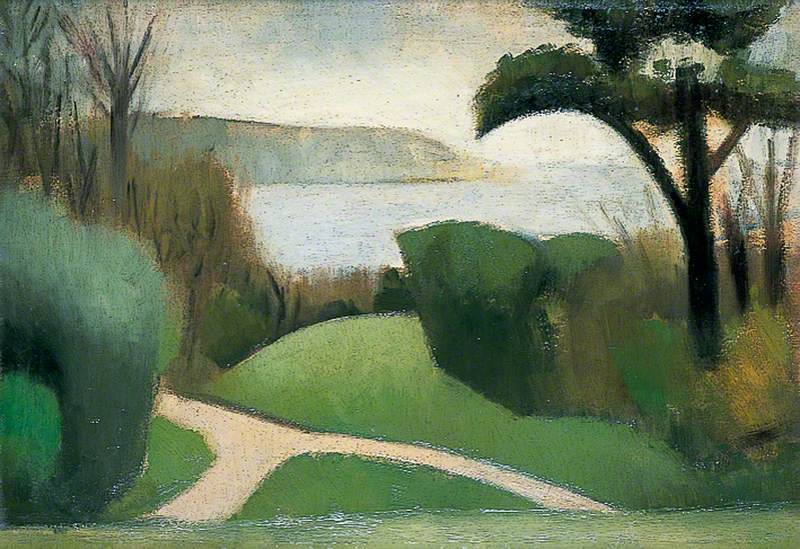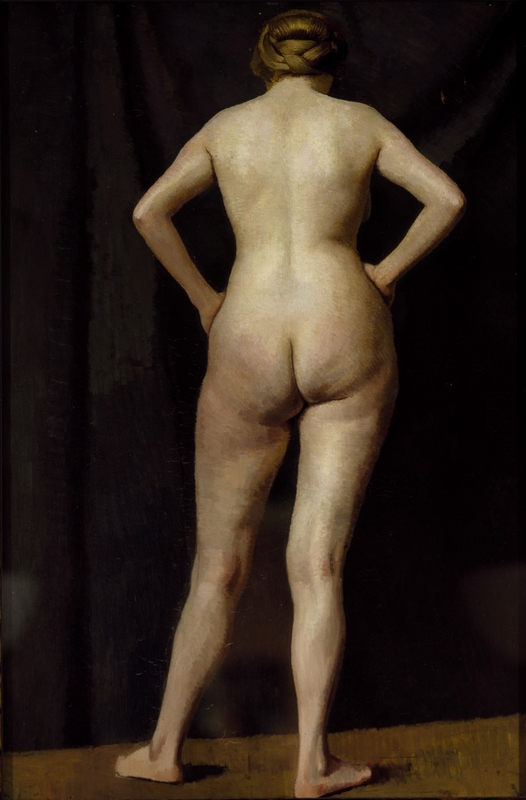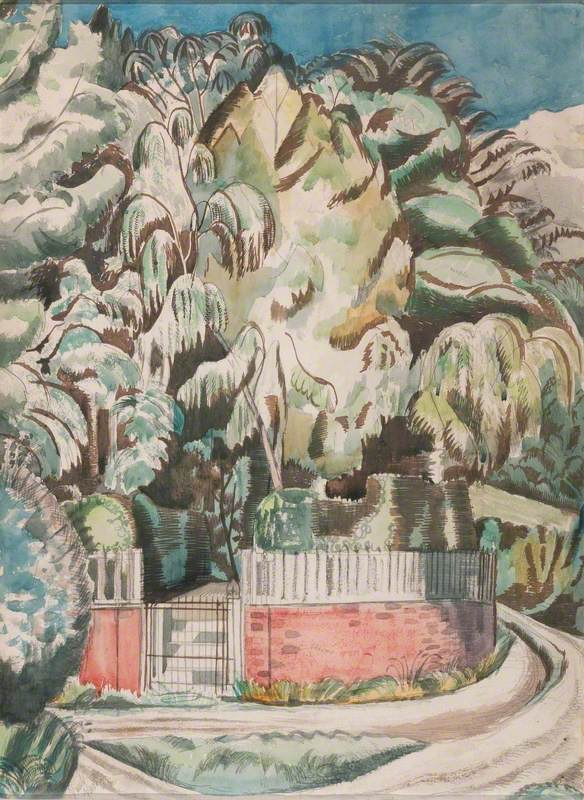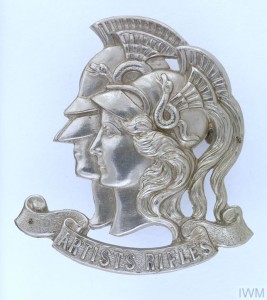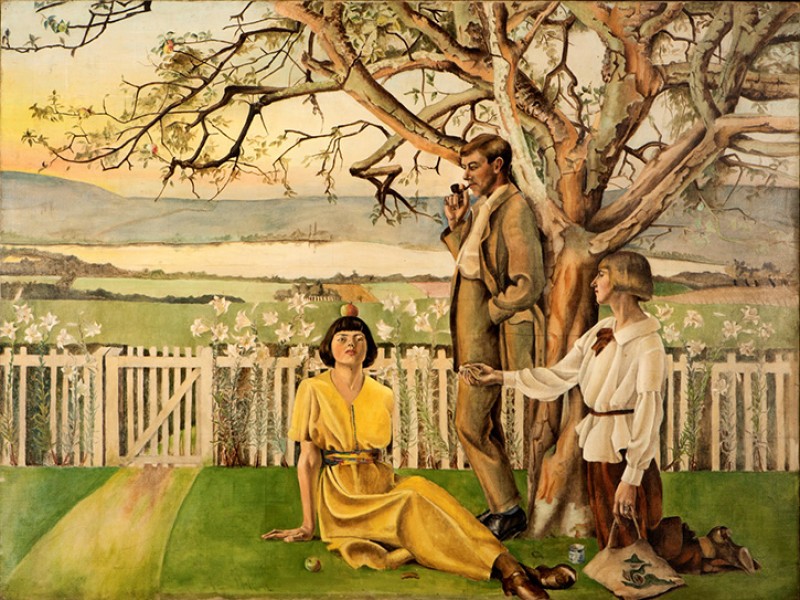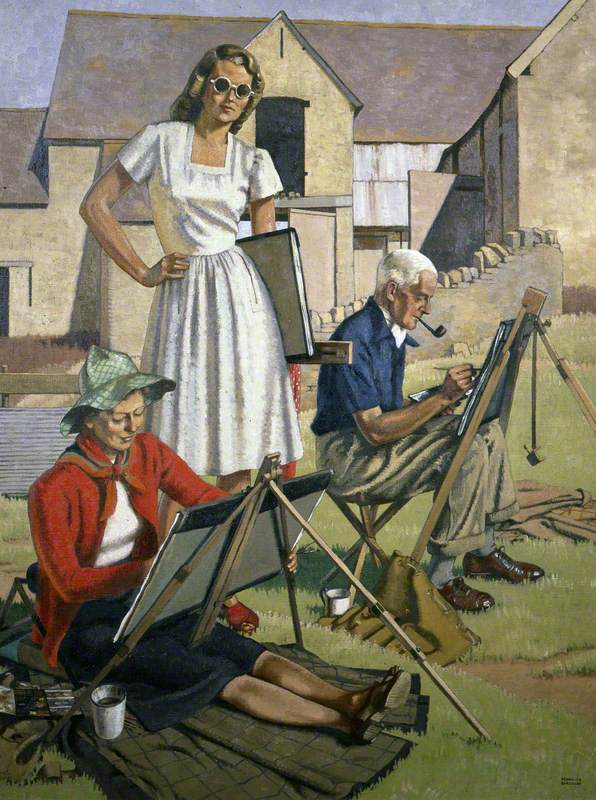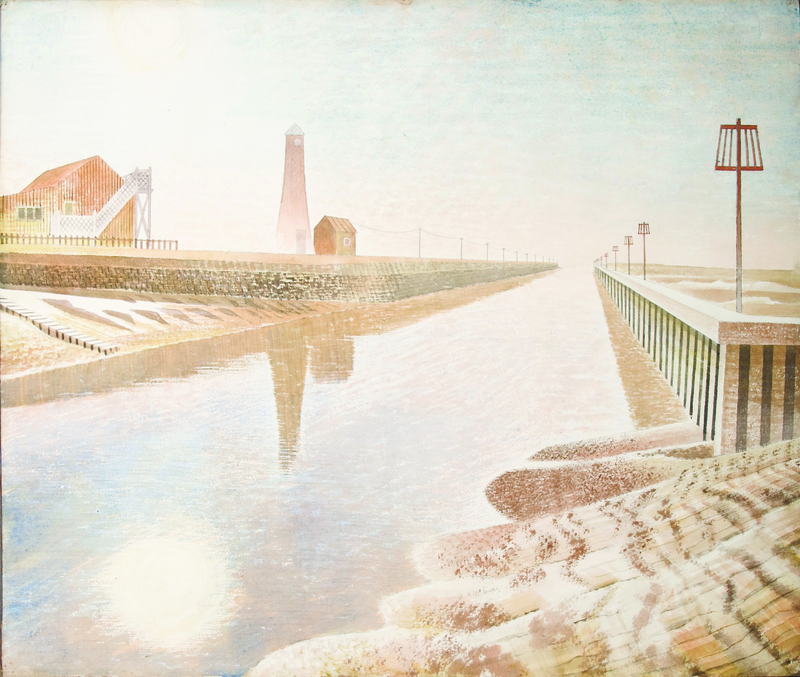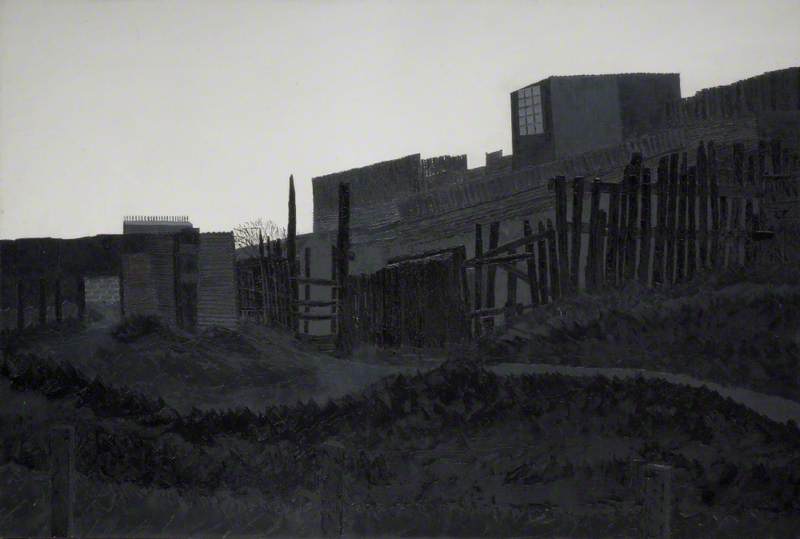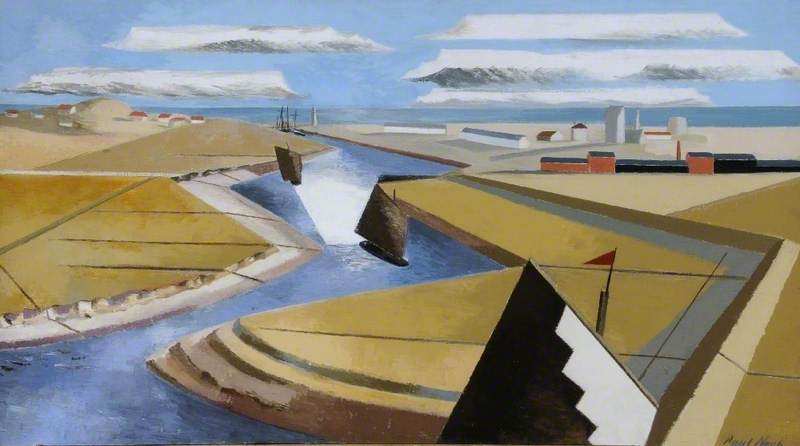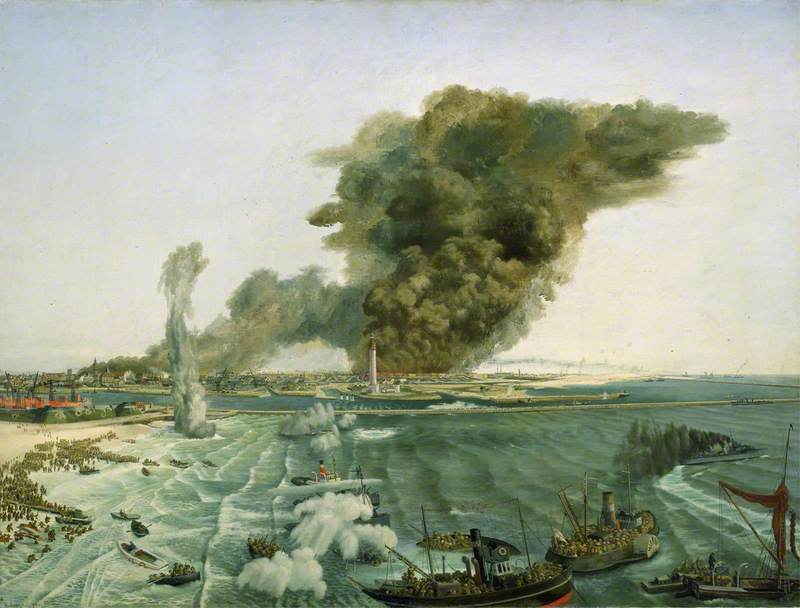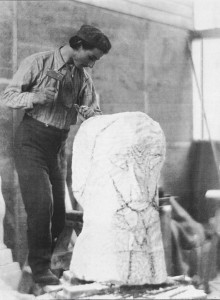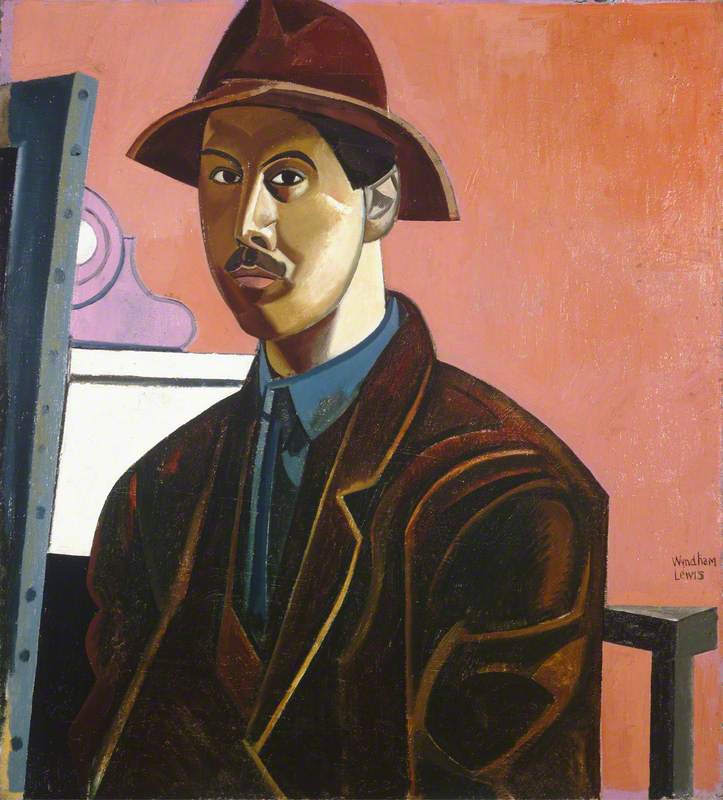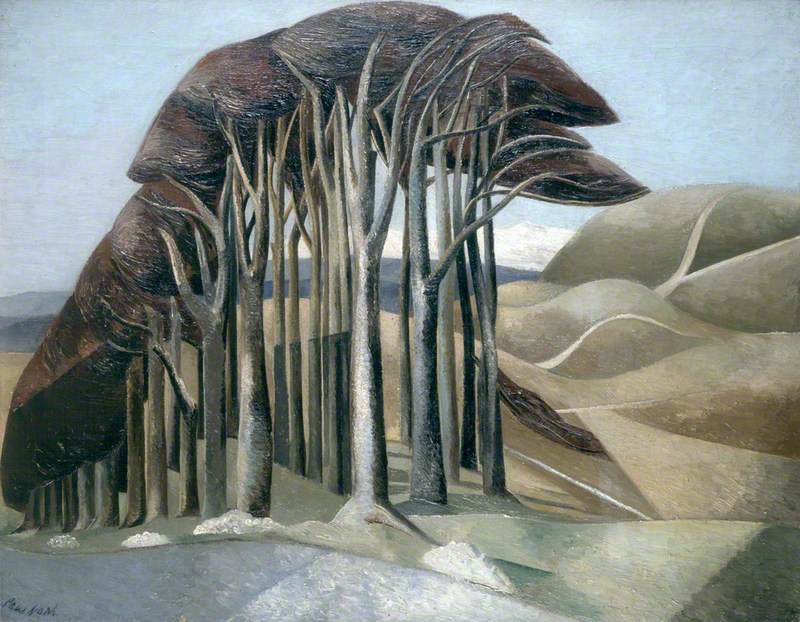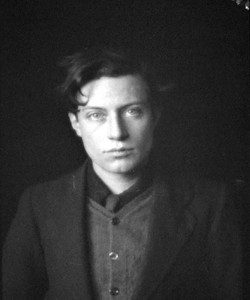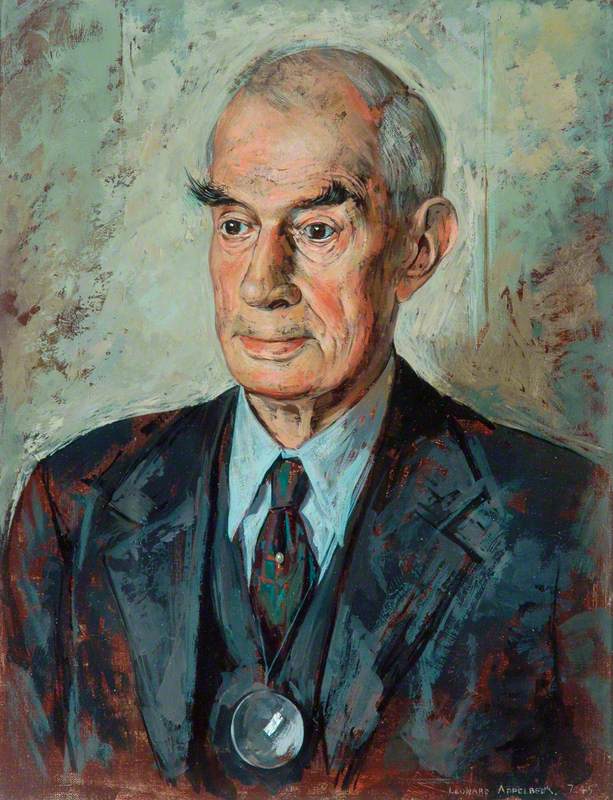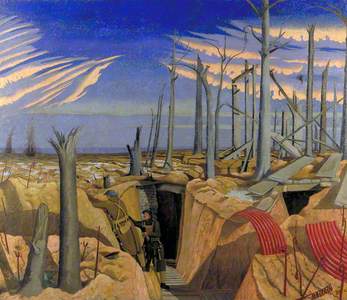There are over 70 paintings by John Northcote Nash (1893–1977) on Art UK, and most of them are unfamiliar to the general public.
But if you go into the Tate's bookshop you'll find several paintings by John Nash illustrated on greetings cards, all of which sell well. And when the BBC made its popular A Picture of Britain series in 2005, the brand image they chose was John Nash's idyllic oil from 1918, The Cornfield.
So who is this mysterious half-known half-unknown painter?
John Nash was the younger brother of Paul Nash (1889–1946), and suffered nearly all his life from that junior position. Paul was the self-assured older brother, more outgoing and provocative, more determinedly modern in outlook, and he systematically courted the limelight. It wasn't always like that, and when John and Paul held their first exhibition in 1913 at the Dorien Leigh Gallery in South Kensington, they were seen as being on something like an equal footing, even though Paul had been to the Slade and John was the untutored youth who happened to be a natural painter.
Mountain Landscape with Distant Lake
1939
John Northcote Nash (1893–1977) 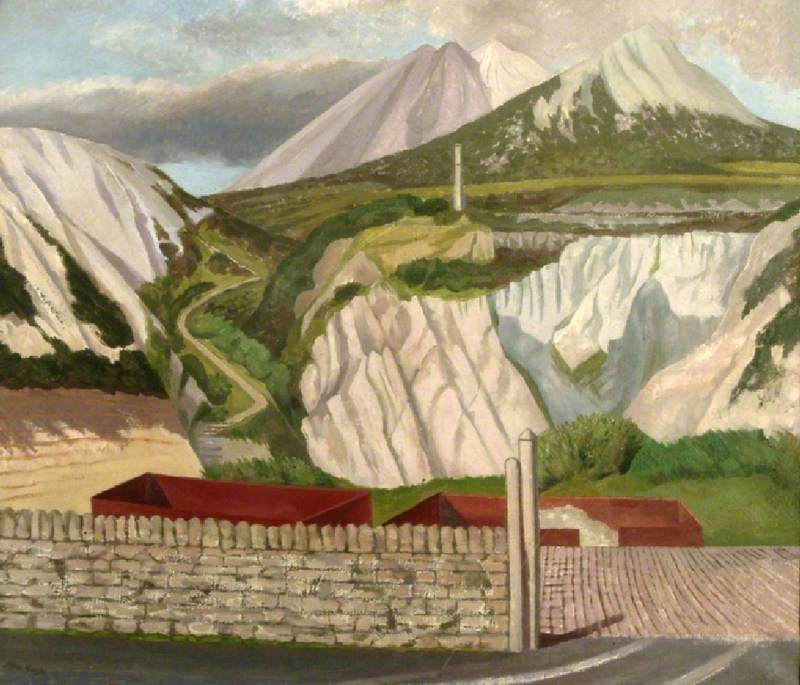
In those days they were known familiarly as the Nash Brothers, and both were involved in the avant-garde movements of the time. Then the First World War exploded into their lives, and Paul was quickly commissioned as an Official War Artist. His brilliant but lacerating images of blasted battlefields made him a hero almost overnight. He never relinquished that public position and later fought hard to maintain it.
Meanwhile John volunteered for the Artists' Rifles and saw active service in France, before being appointed an Official War Artist towards the end of hostilities, in 1918. His idyllic Cornfield was painted out of pure relief at escaping the trenches and was a celebration of the eternal truths and seductions of the English countryside.
After the war, although both brothers took time to recover from its effects, they went different ways. Paul launched himself directly and publicly at the problem of being a Modern artist as well as an English one, while John concentrated on his botanical interests and the larger business of painting the English countryside. Inevitably, Paul was written about and made the headlines, while John just carried on painting quietly, his work bought by a growing and appreciative audience, but not supposedly innovative enough to make the history books.
In the same way that if two artists marry, the reputation of one is bound to suffer, so it is with brothers. A close parallel to the Nashes can be found in the brothers Stanley and Gilbert Spencer. Although Stanley is on record as saying that Gilbert was a better landscape painter than he was, Gilbert has been to a large extent marginalised, while Stanley's reputation has grown to international proportions – so with Paul and John.
Paul Nash is now generally considered to be one of the finest and most original of twentieth-century British painters, but John Nash is rarely mentioned in the same breath. This is manifestly unfair. Although John tended to ignore the fashionable art movements of his day, and never overtly dabbled with Abstraction or Surrealism (unlike Paul), his work nevertheless shows a deep awareness of contemporary developments in pictorial structure and the definition of space.
John painted what he wanted to – and that meant depicting realistically the landscape of this country that he loved so much – but he could not help being aware of new means of expression. If they are not immediately noticeable in his work, this is because he had absorbed the new discoveries at a fundamental level, and did not need to demonstrate them in an obvious (and derivative) manner.
Look at The Flooded Meadow, a beautiful and immensely evocative painting now in the Government Art Collection.
It is undated but as it was purchased in 1954 it cannot be a late work, and in fact from the style of the brush marks it would appear to be a fine painting from Nash's mid-period, perhaps from the 1930s or 1940s.
The chief feature is the unexpected arrangement of shapes which makes up the image: specifically, the way in which the trees are presented in great carved segments, almost like wedges of cheese; that and the reflection of these trees in the waters of the flooded meadow.
There is a certain near-geometric angularity about these shapes. Not just in the massing of the trees, but also in the pools of water. Notice the rhomboidal shape of the foreground pool, and the jagged edge as the flood-water leads round to the right. Compare these shapes with the solid-seeming and corrugated reflections of the trees in the water.
This dialogue of shapes is considerably more abstract than directly representational, and accounts for much of the visual interest in the painting. This is not a traditional realistic composition, but a sophisticated pictorial structure composed by an artist very much aware of the spatial developments of Cubism and Abstract painting.
In fact, it reminds me not a little of a particular painting by another English artist, Mark Gertler (1891–1939), a close contemporary of John Nash. In fact they were rivals in art and in love, both being obsessed by the charms of Dora Carrington (1893–1932).
The painting in question is in the Pallant House Gallery collection, and is entitled Near Swanage, Dorset and has something of the same crisp shape-invention of Nash's Flooded Meadow.
Gertler's more overt School of Paris Modernism is subsumed in Nash's painting within a larger vision of the English countryside. It seems to me that in this painting at least John Nash solved the problem of being modern yet remaining English, a problem that so preoccupied his brother Paul. It is time to look closer at the whole of John Nash's work: it has been for too long unfairly ignored.
Andrew Lambirth, Art Critic, The Spectator

